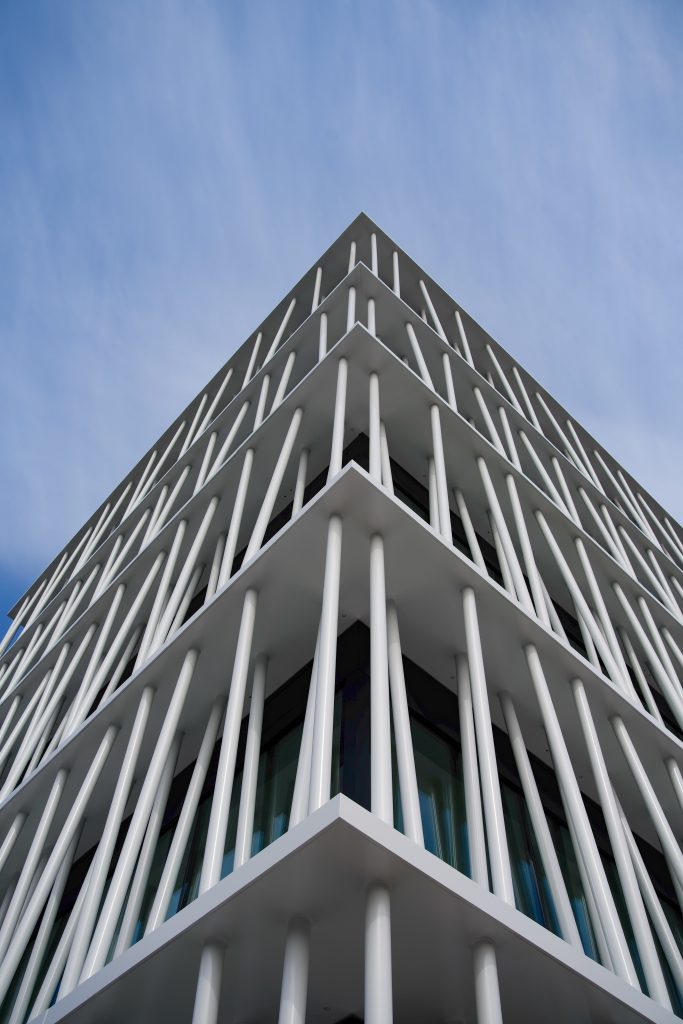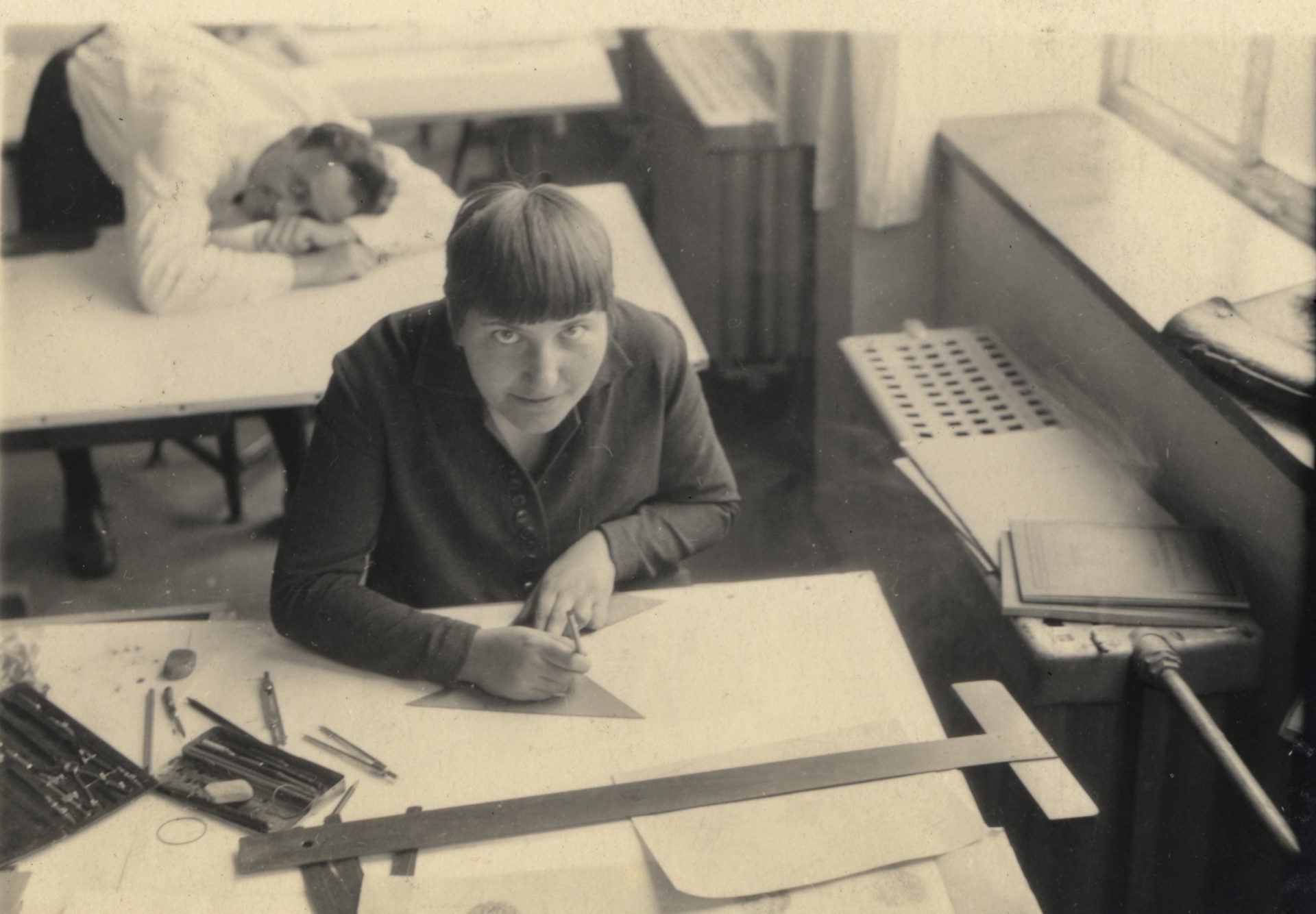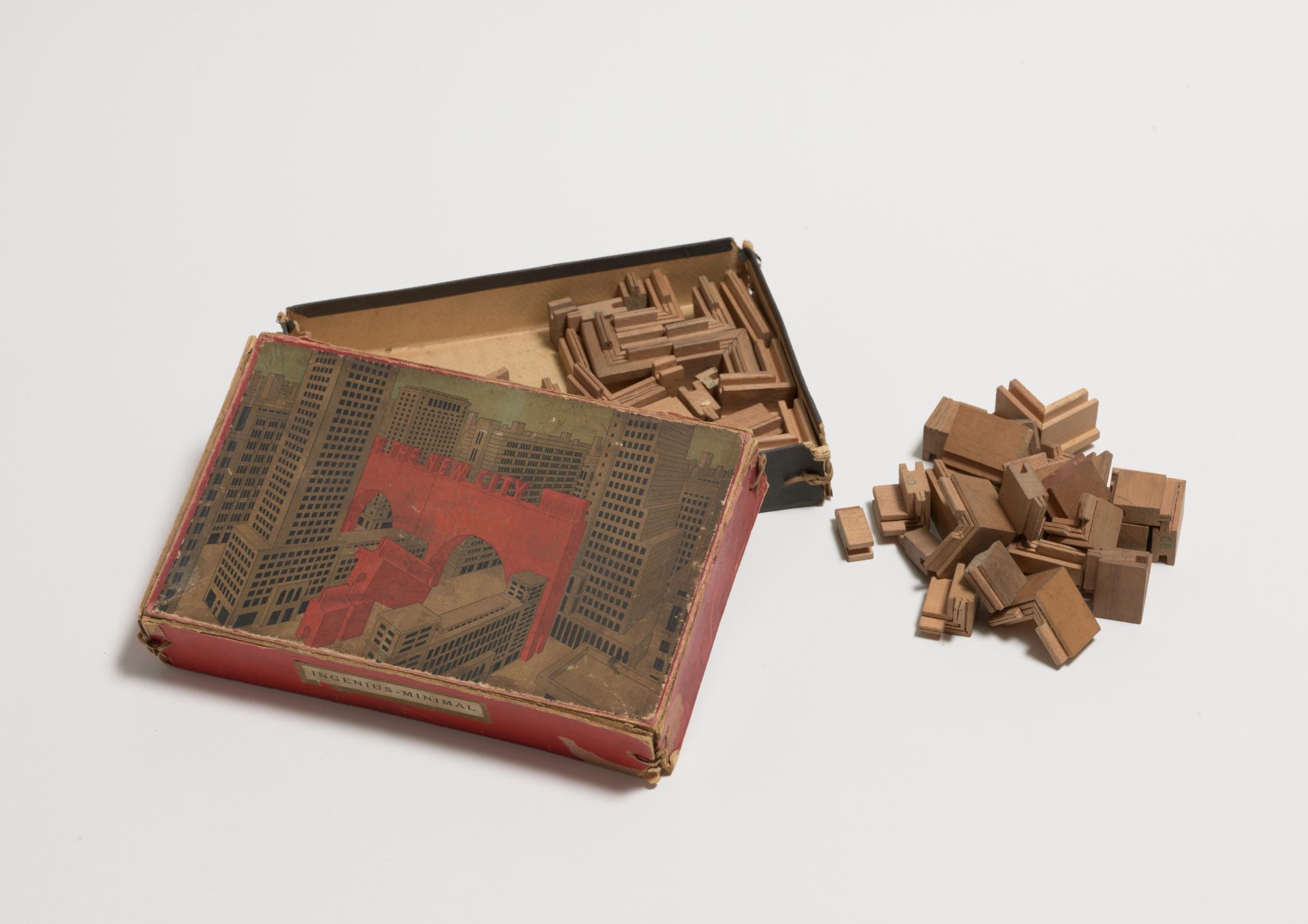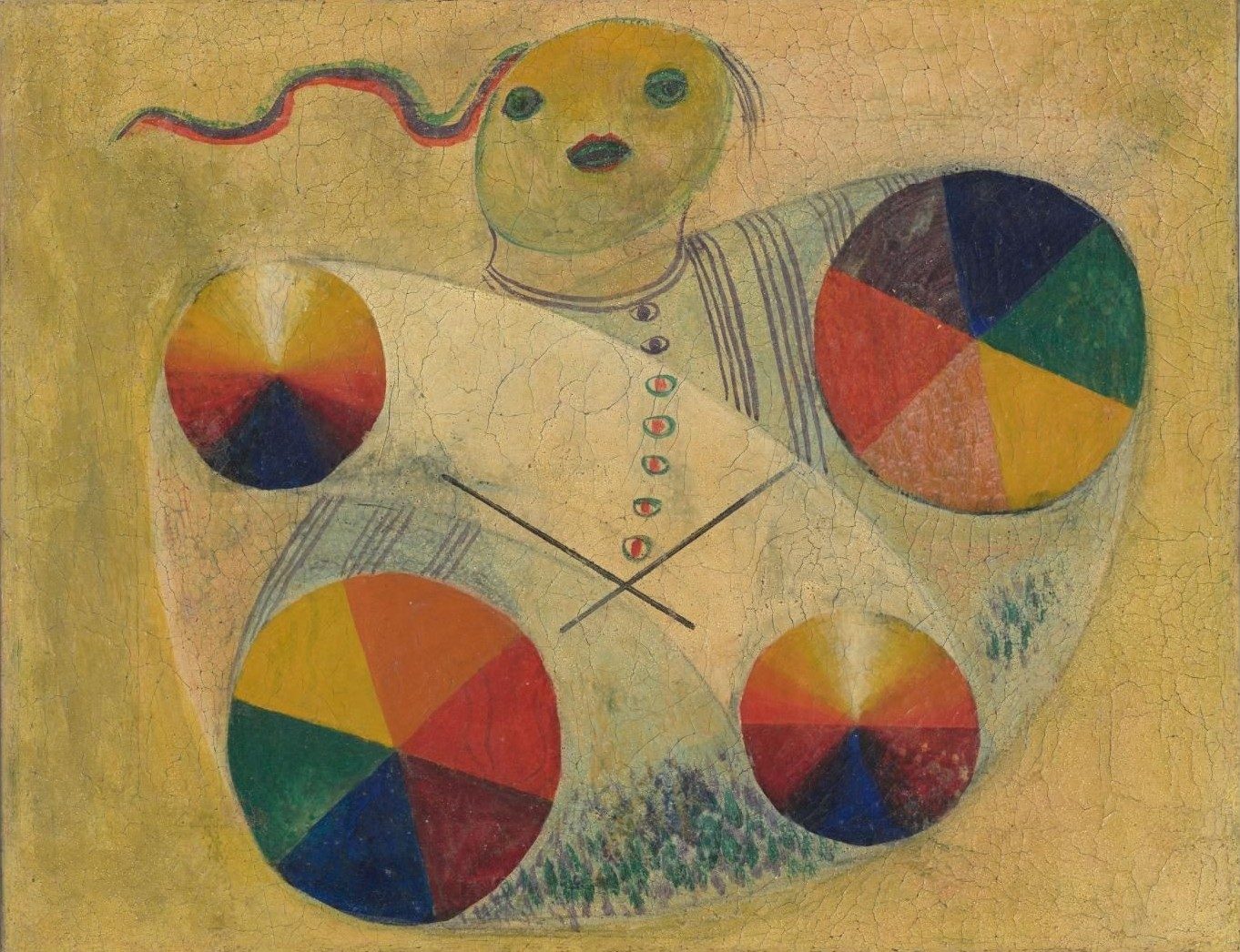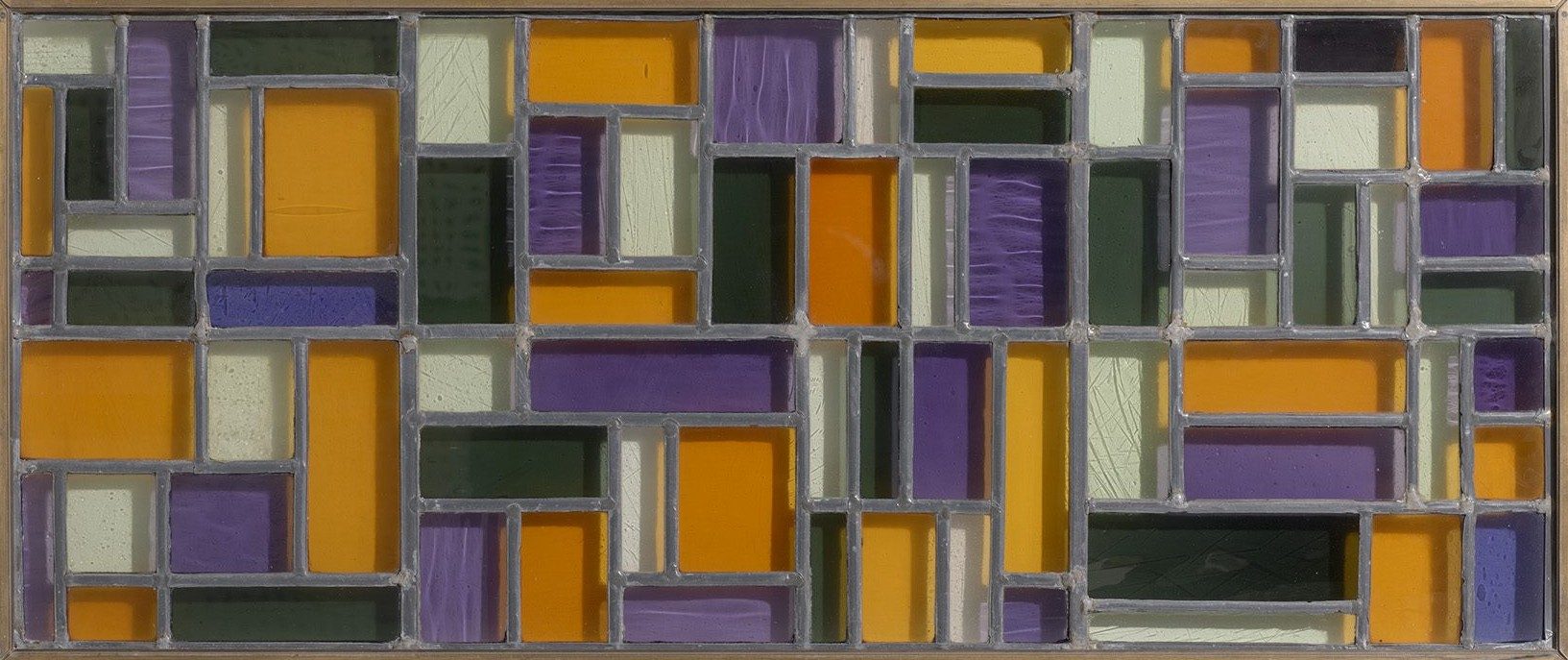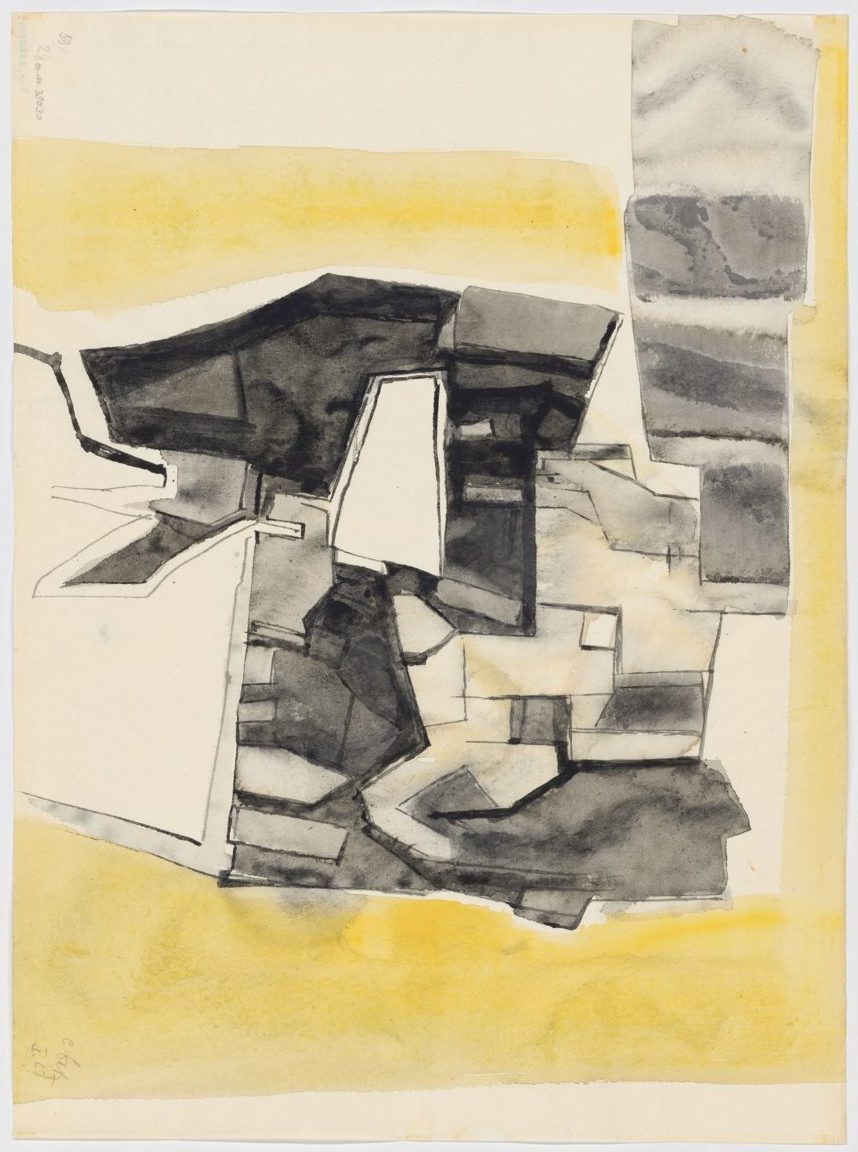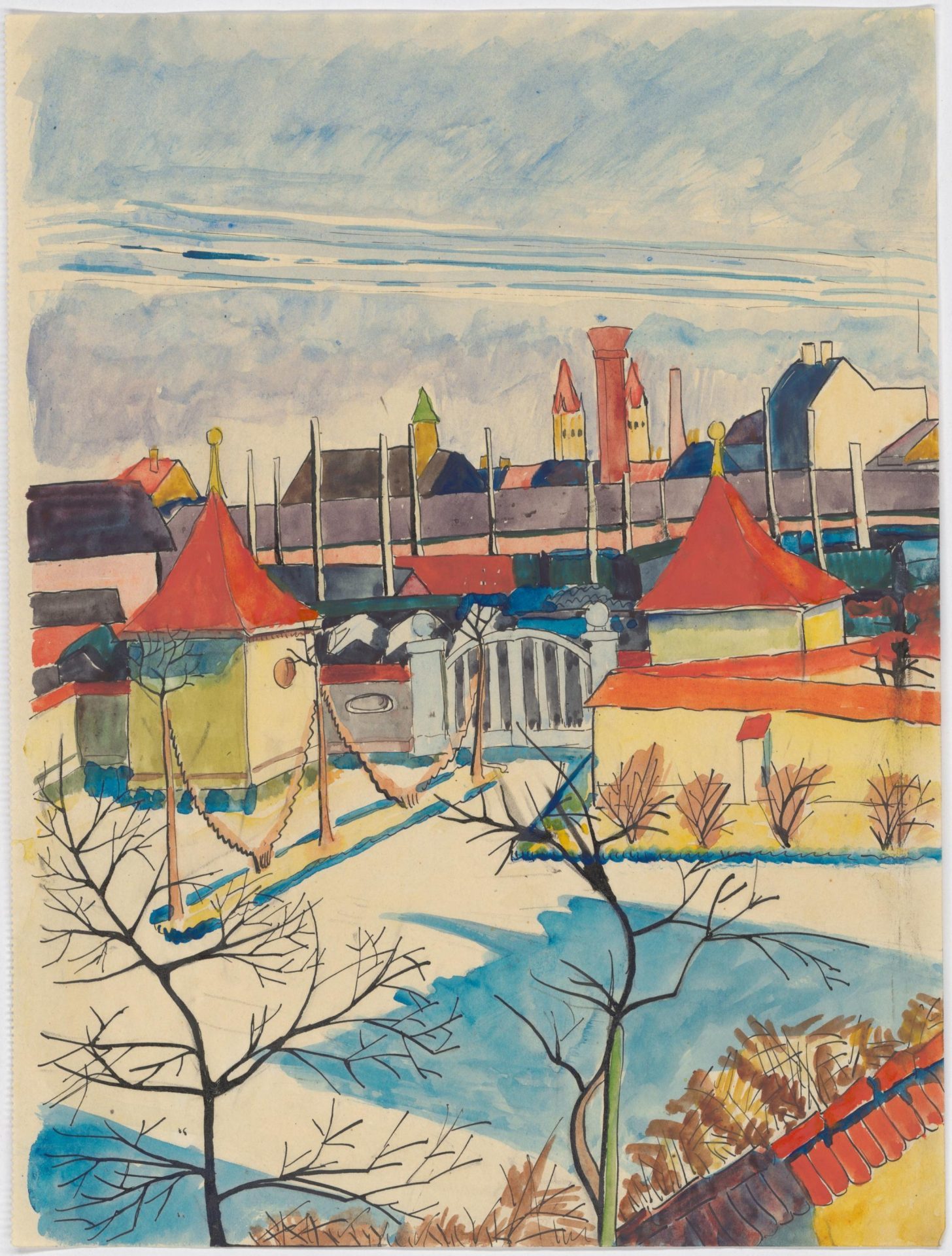“Rather balance on wisps of air than sit on dogmas”
Lou Scheper-Berkenkamp was one of the first female students of the Bauhaus. Her artistic estate has been preserved at the Bauhaus-Archiv since 2016. A review of her work highlights how strongly the Bauhaus influenced Scheper and how multifaceted the artist was.
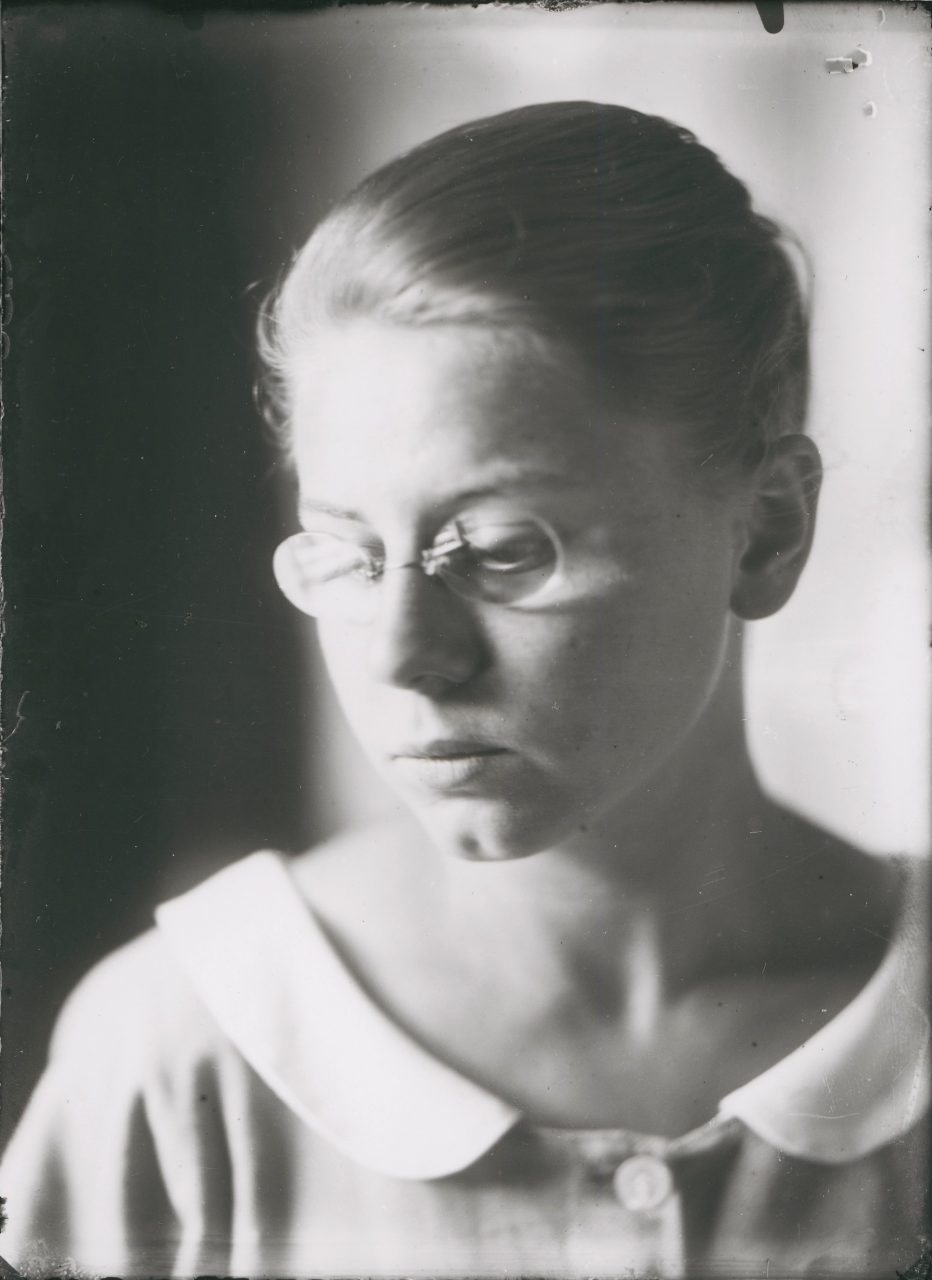
The designer
-
Born in Wesel, Germany on 15 May 1901, Hermine Louise Berkenkamp enrolled at the Bauhaus just one year after it was founded. It was there that she met Hinnerk Scheper, a fellow student, whom she married in 1922. She and her husband left the Bauhaus shortly thereafter, but she returned in 1926. In addition to her training at the Bauhaus, her artistic style was influenced by two extended stays in Russia. During the years of National Socialism, she focused mainly on subjects she had already explored in Russia and tried out new techniques in large-scale formats. After World War II, she co-founded the art association Der Ring in Berlin and remained actively involved in the professional Association of Female Fine Artists until an old age. As a colour designer, she was involved in designing important modernist buildings in post-war Germany. The Bauhaus-Archiv / Museum für Gestaltung was entrusted with her artistic estate in 2016.
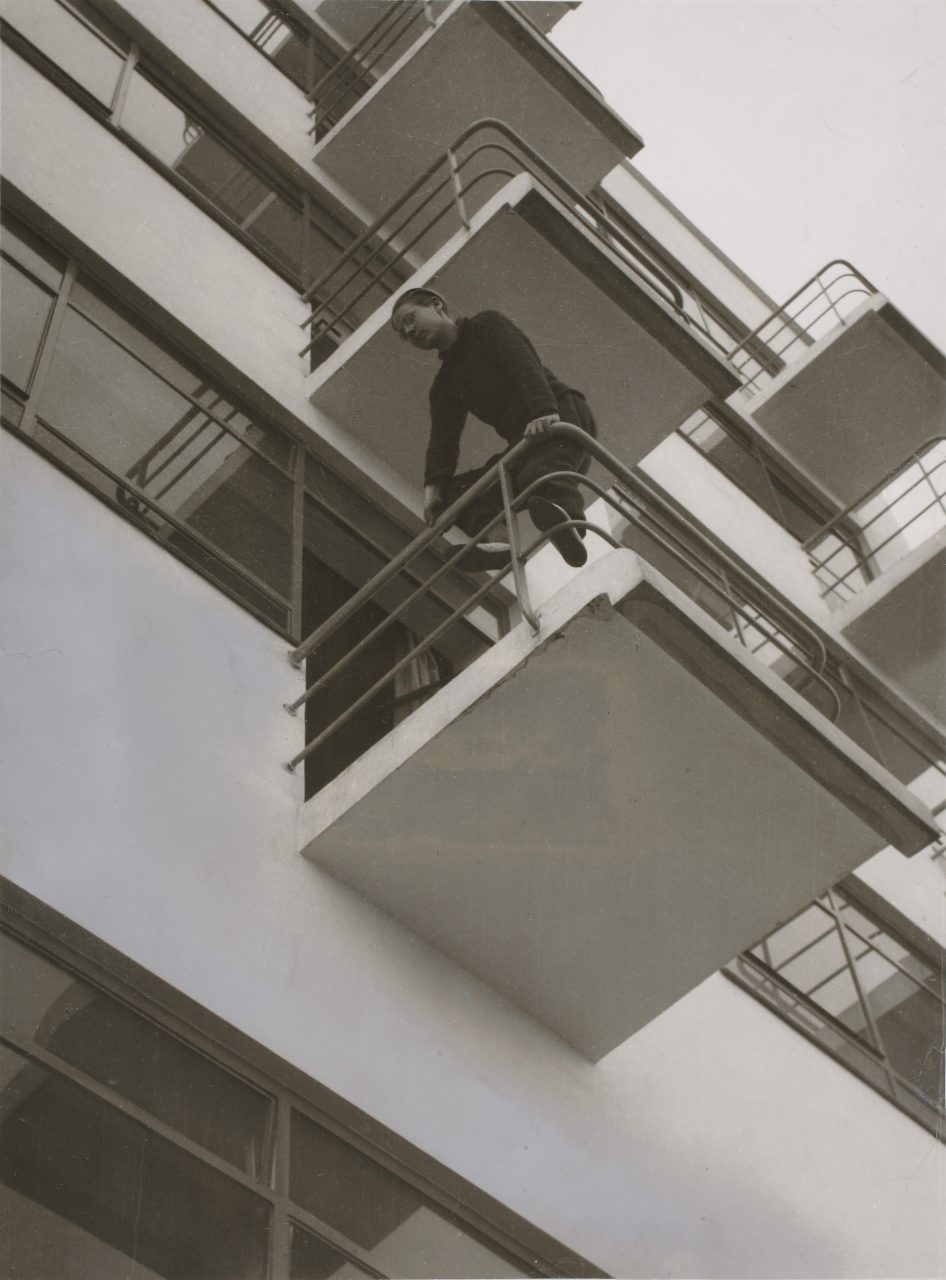
Instruction at the Bauhaus
-
The inspiring environment at the Bauhaus Weimar played a crucial role in Lou Scheper’s journey of artistic self-discovery. After gaining a wide range of impressions in introductory courses taught by George Muche, Walter Gropius, Lyonel Feininger, Adolf Meyer and Paul Klee, she secured herself a place in the mural painting workshop in what was clearly a male-dominated field at that time. Her fascination with Paul Klee’s geometric compositions and Oskar Schlemmer’s abstract figures is evident in her early works. She quickly achieved an impressive degree of autonomy in her artistic career, during which she produced an extensive oeuvre of sketches, drawings and aquarelles of unmistakable imaginative depth.
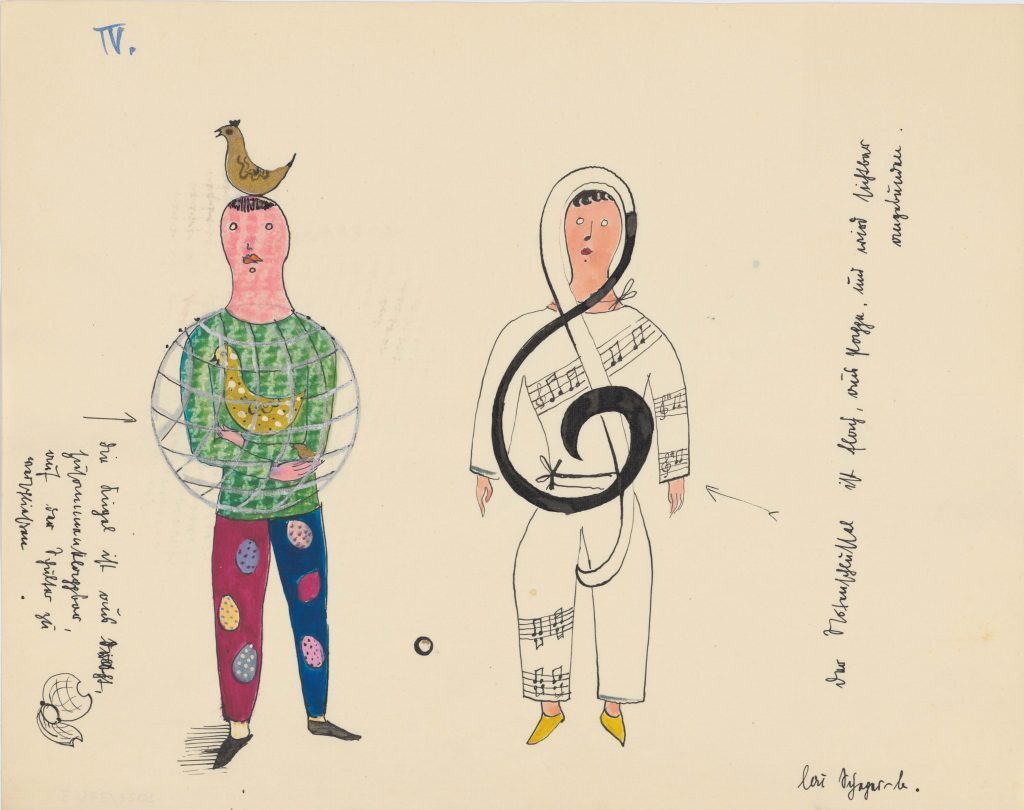
Bauhaus stage
-
After returning to the Bauhaus in 1926 in Dessau, Scheper produced fanciful illustrations of floating musical figures and dancing jugglers at the theatre workshop. It was there that she intensively explored the relationship of the human figure in space through movement, music, dance and costume. The works she created for the Bauhaus stage served as inspiration for numerous designs of marionettes and vaudeville and circus scenes, which were presented in a theatre exhibition in Magdeburg in 1927. In addition to performing on stage, she also participated in various theatre projects. In preparation for the play “Odjar”, the theatre master Oskar Schlemmer invited the entire class to design costumes and sets. Although most of the sketches by her fellow classmates no longer exist, Scheper’s illustrations have been preserved almost in their entirety.
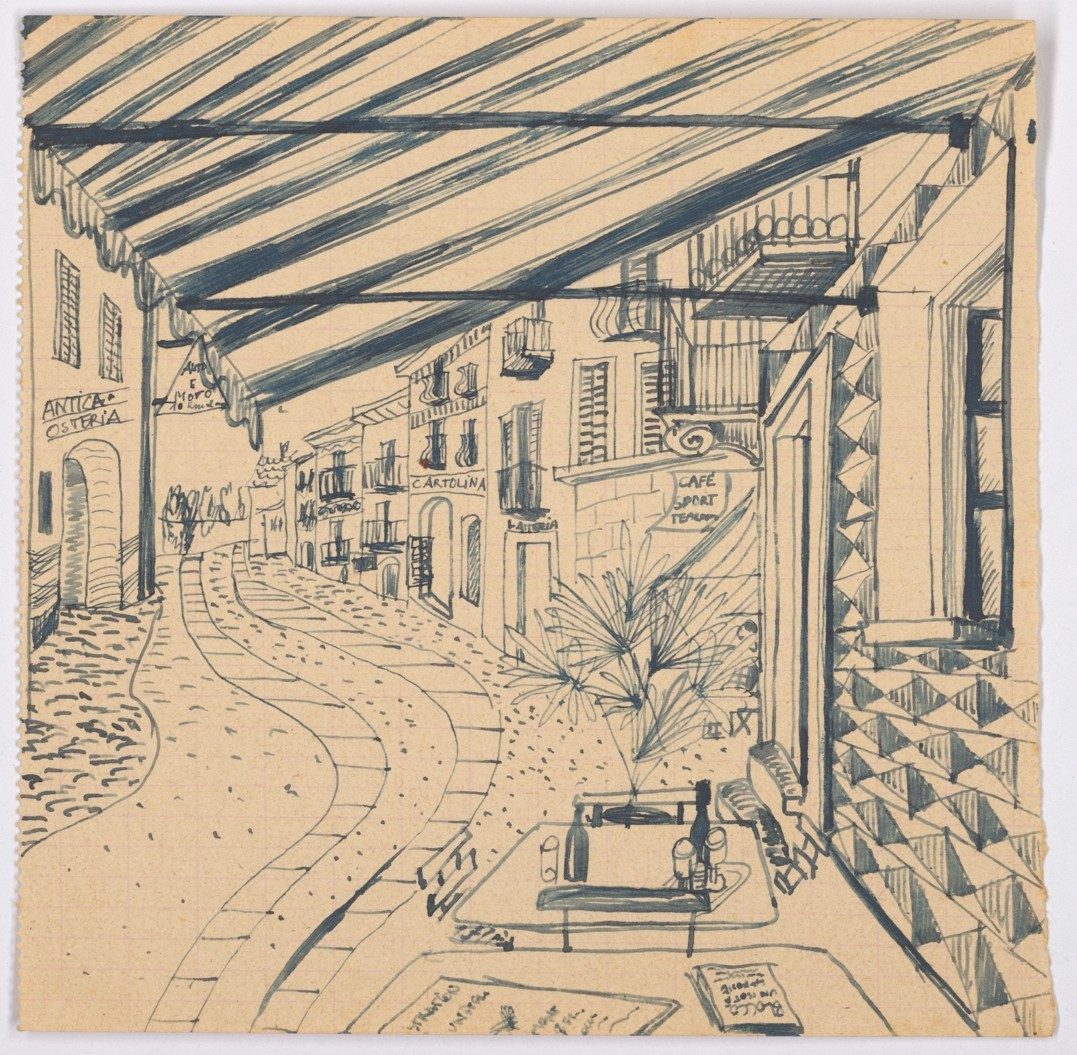
Lou Scheper’s travels
-
There is an almost ornamental character to her sketch of an alleyway in Ascona, a place of inspiration for many Bauhaus members. Scheper produced a number of illustrations depicting vibrant city scenes, in which she captured fleeting personal encounters. The numerous trips she took between 1925 and 1927 can be regarded as artistic field trips, during which Lou Scheper conveyed her impressions in pen and pencil for the viewer. While most of her sketches from Le Marche and Ascona feature street and café scenes, the seascapes of Rügen, Wenningstedt and Voledam largely depict jagged cliff formations and coastal landscapes which served as a repertoire of motifs for her later compositions.
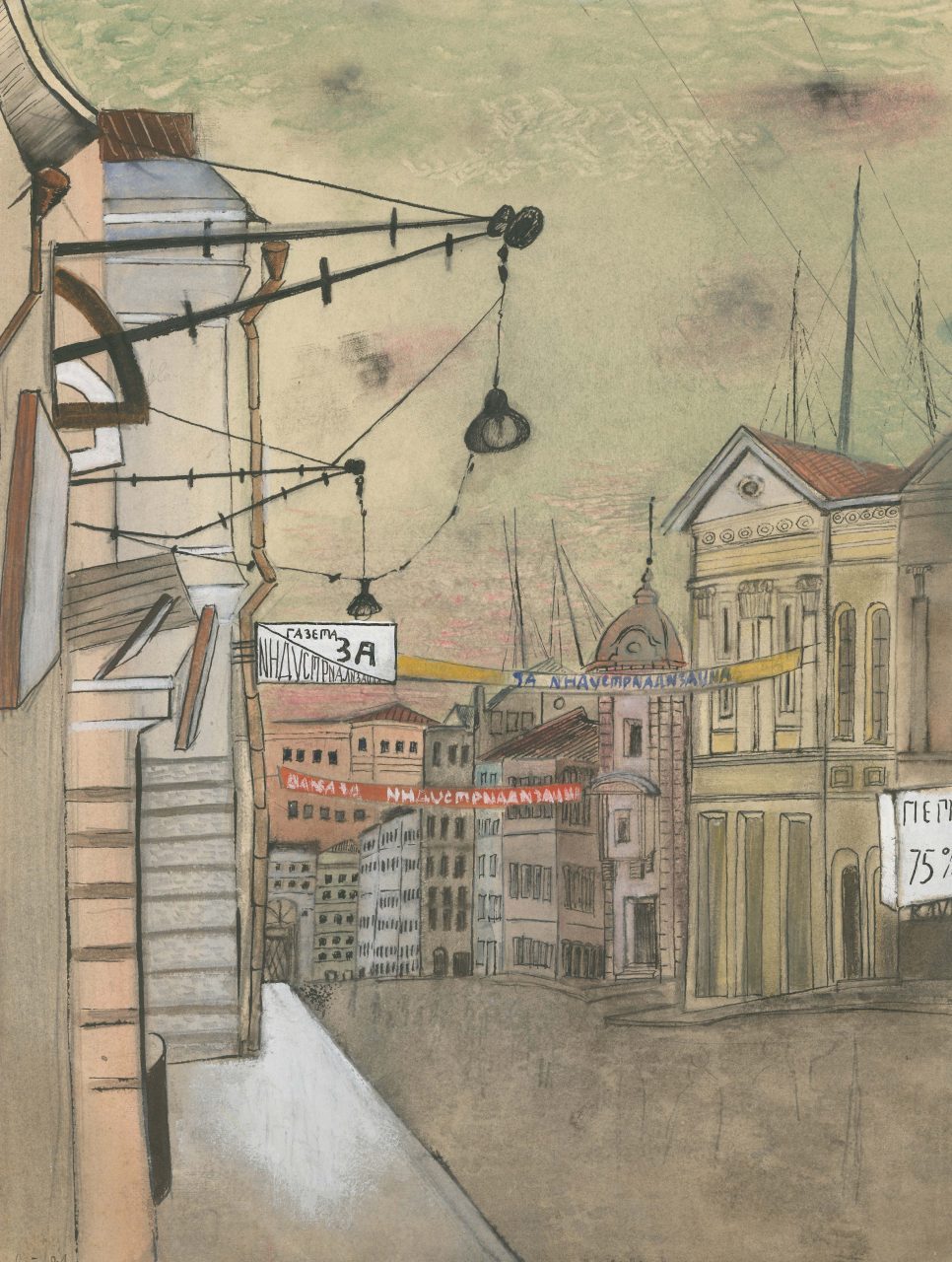
In Russia
-
In a letter to Gunta Stölzl, Lou Scheper euphorically reported on her first impressions of Moscow. Between July 1929 and September 1931, she spent two extended periods in Russia, during which she wrote articles for the German-language weekly “Moskauer Rundschau” (Moscow Review) and captured lively street scenes on paper. Her touching, expressive sketches of beggars, street merchants, and invalids reflect the poverty that characterised everyday life in Moscow. The city itself with its mix of buildings and jumbled architectural styles left such an impression on Scheper that she first sketched them and later converted them into larger works using opaque paints. Unlike her street scenes, her cityscapes exude an eerie calm. The empty boulevards and subdued building facades immersed in sombre twilight are reminiscent of deserted film sets.
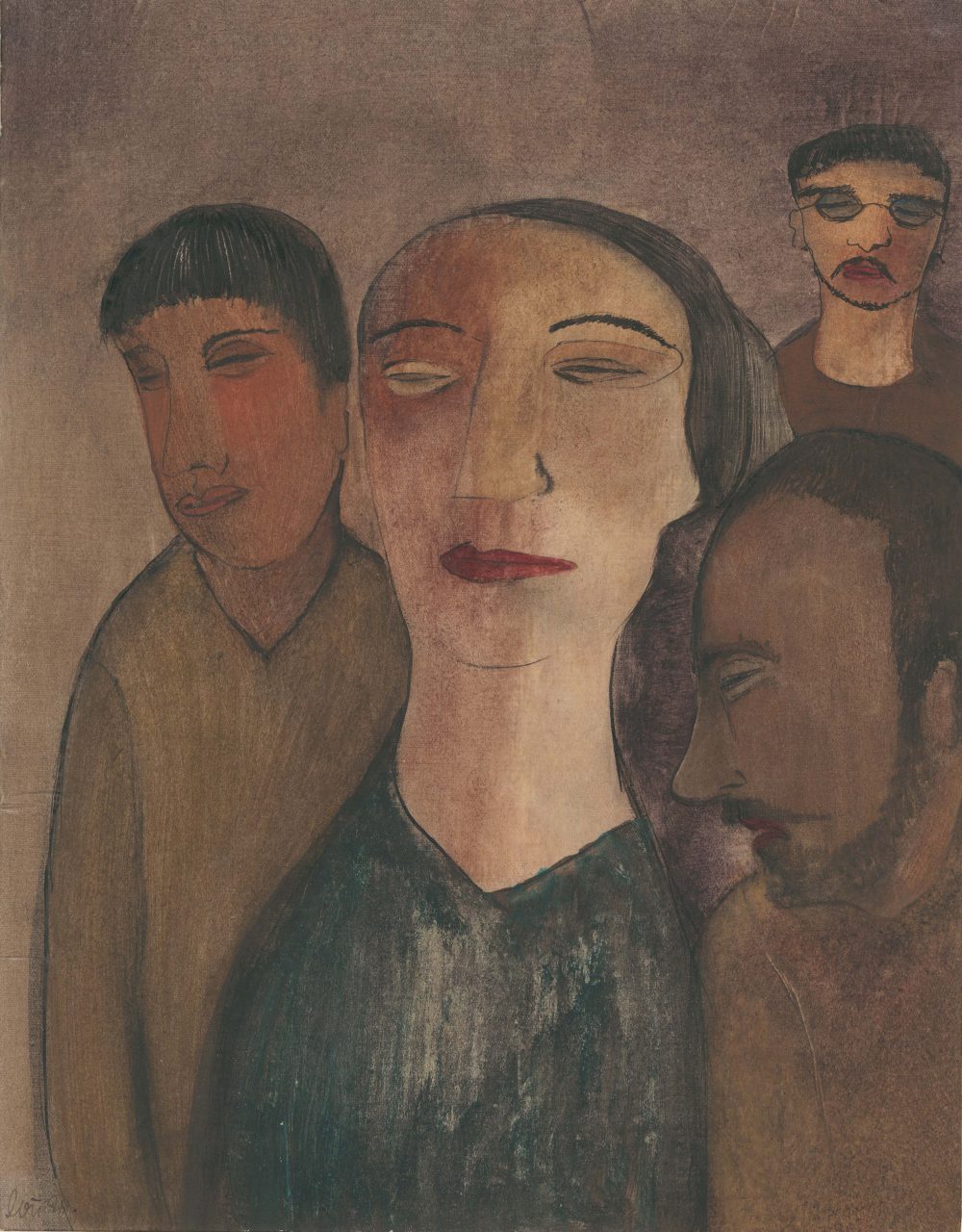
Single and group portraits
-
The four figures standing together seem to merge into the ochre-coloured background and only rise to the foreground thanks to their dark contoured lines. Where are these four individuals standing, and what, or whom, are they facing? What are they looking at through their squinted eyes? In addition to her paintings of cityscapes and architecture in Moscow, Scheper produced a number of portraits of single and multiple figures, subjects which she later returned to in the 1950s. Her striking and enigmatic portraits are characterised by the figures’ usually over-dimensional hands and heads, as well as the flowing forms of their bodies.
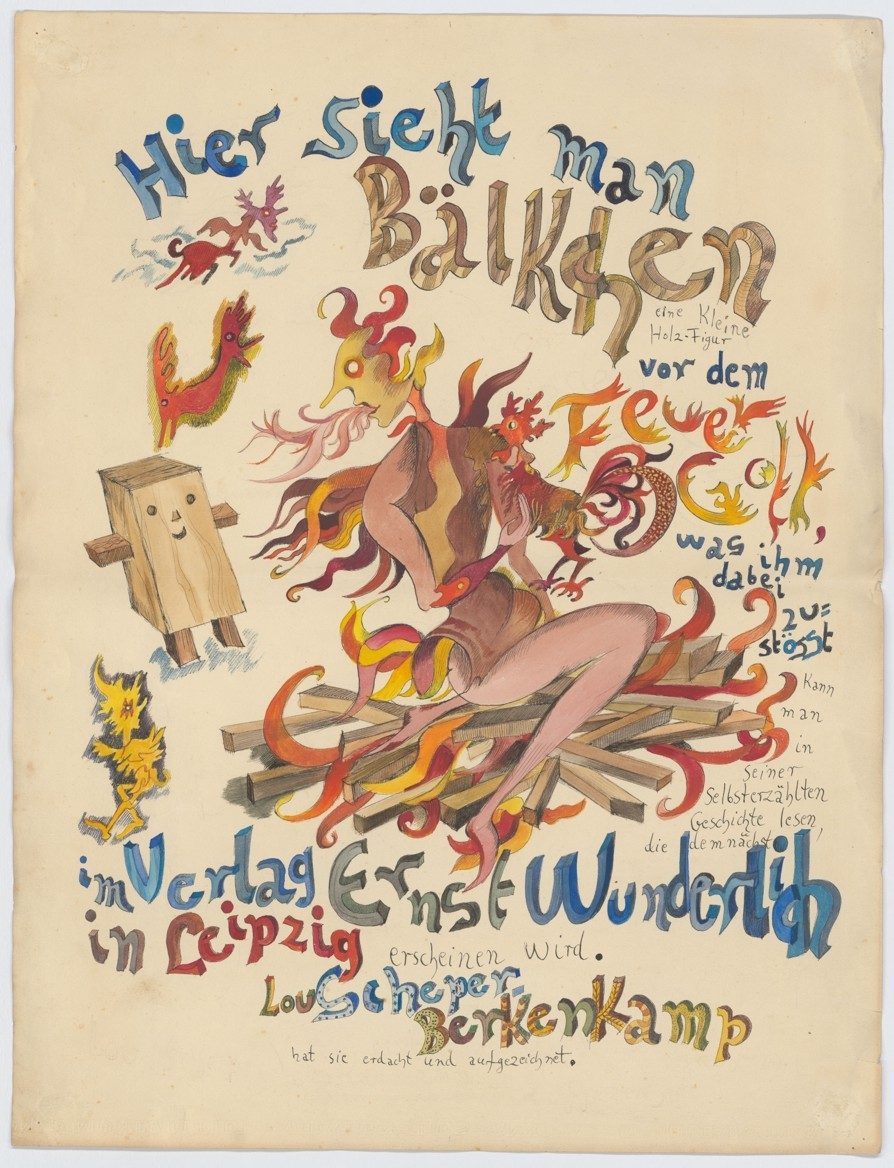
Illustrated stories – A journey to fantastic worlds of imagery
-
Adventurous balloon rides to enchanted castles, imaginary world trips to surreal places – Lou Scheper’s imagination seemed to have no bounds. With creative prowess, quick-witted humour, and literary and artistic talent, Scheper began producing fantastical children’s books in the mid-1920s, e.g. “Knirps. A Very Small Thing” and “Lenny the Doll”. They depict hilarious encounters with strange animals and magical creatures. It is quite possible that some drafts with their subtle references and plays on words might have been intended for adult readers as well.
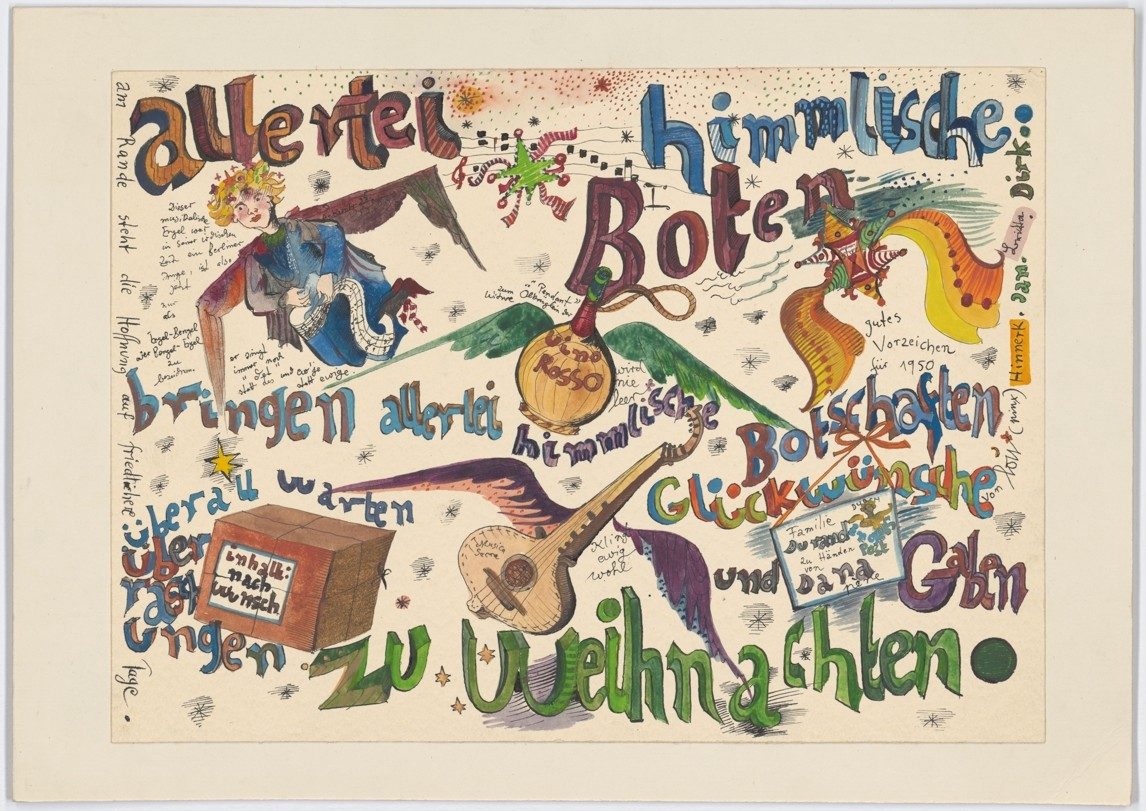
Greeting and congratulatory cards
-
Birthdays, weddings, holidays – Lou Scheper never missed a chance to send her family members, classmates and acquaintances an illustration to brighten their day. The artist designed congratulatory sheets and greeting cards all her life. She interwove colourful, detailed illustrations with humoristic messages which often made the fullest impact on their recipients when rendered in large format. Their names and the corresponding occasions were usually highlighted with sweeping handwriting or graphically designed capital letters. Her congratulations were frequently accompanied by lucky fish and divine figures, such as those depicted here in this cheerful Christmas card for a Berlin boy nicknamed “Engel-Bengel” (Angel Rascal).
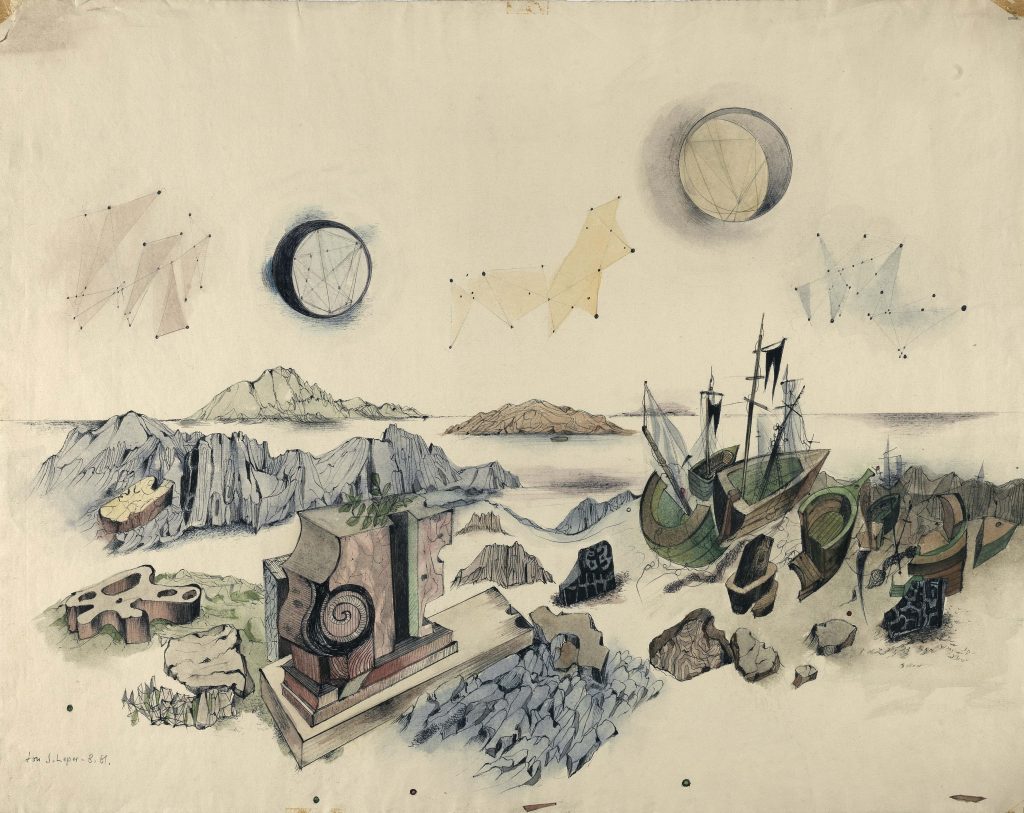
Landscape portraits
-
In the debris-strewn wasteland of post-war Berlin, Lou Scheper discovered motifs in abandoned courtyards and residential districts lying in rubble. Like traces of a long-lost life, these images capture the overwhelming tristesse of those first years after World War II. These stand in stark contrast, however, to the surreal landscape portraits which she painted around the same time. These often depict crystalline mountains, proliferating plants and architectural fragments on distant shores which seem to survive the ravages of time. The celestial bodies and the constellation-like shapes hovering over the horizon engage in a harmonious interplay and create a dreamlike atmosphere – both otherworldly and mysterious at the same time.
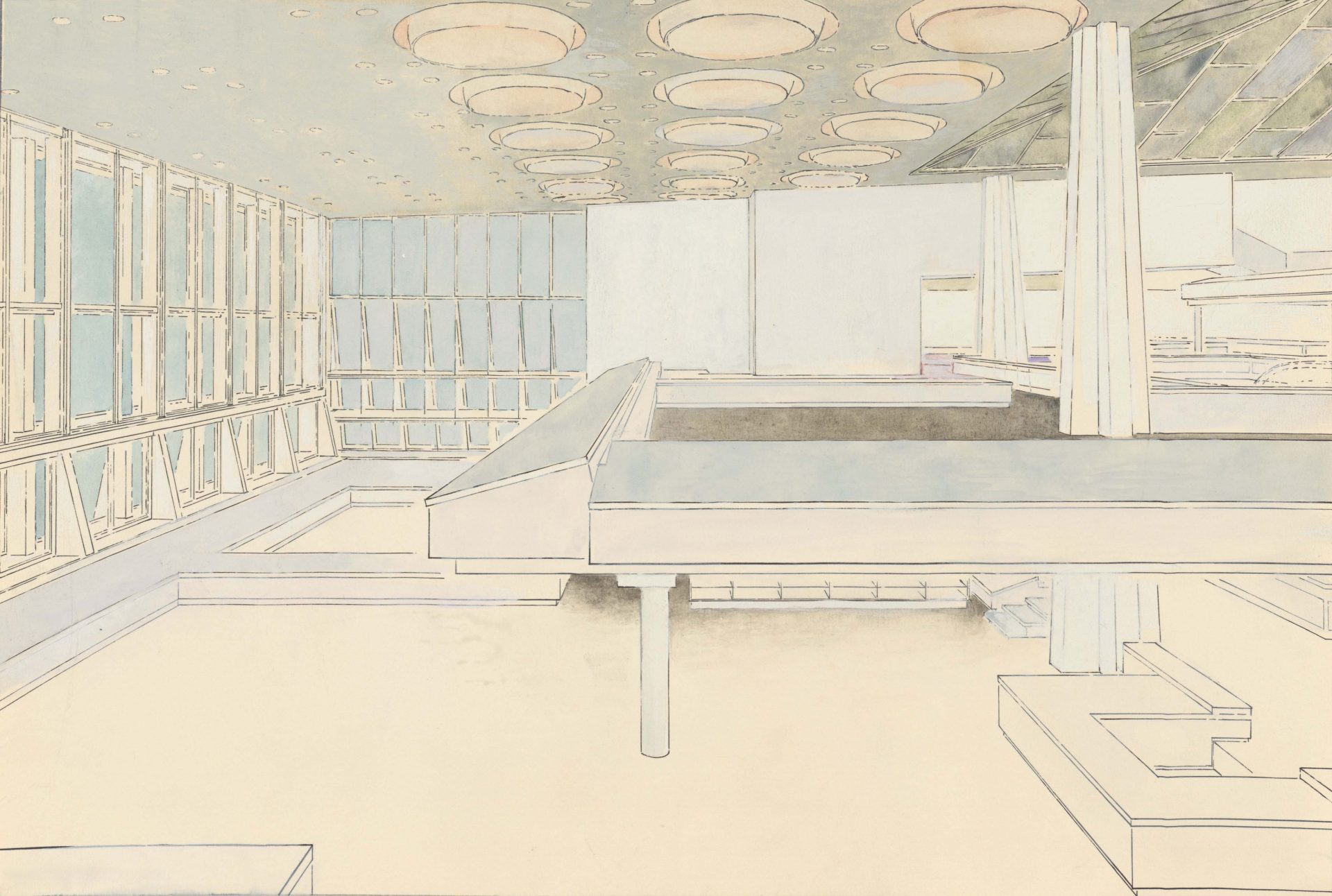
Colour designs
-
Following the premature death of her husband Hinnerk Scheper, who had served as the conservator and director of the Berlin Landmark Preservation Office and had played a crucial role in rebuilding the city in the post-war years, Lou Scheper made a name for herself in several noteworthy construction projects. These included a number of buildings by Walter Gropius, as well as the Berlin Philharmonic and State Library by Hans Scharoun, for whom she designed colour concepts until her death on 11 April 1976.

